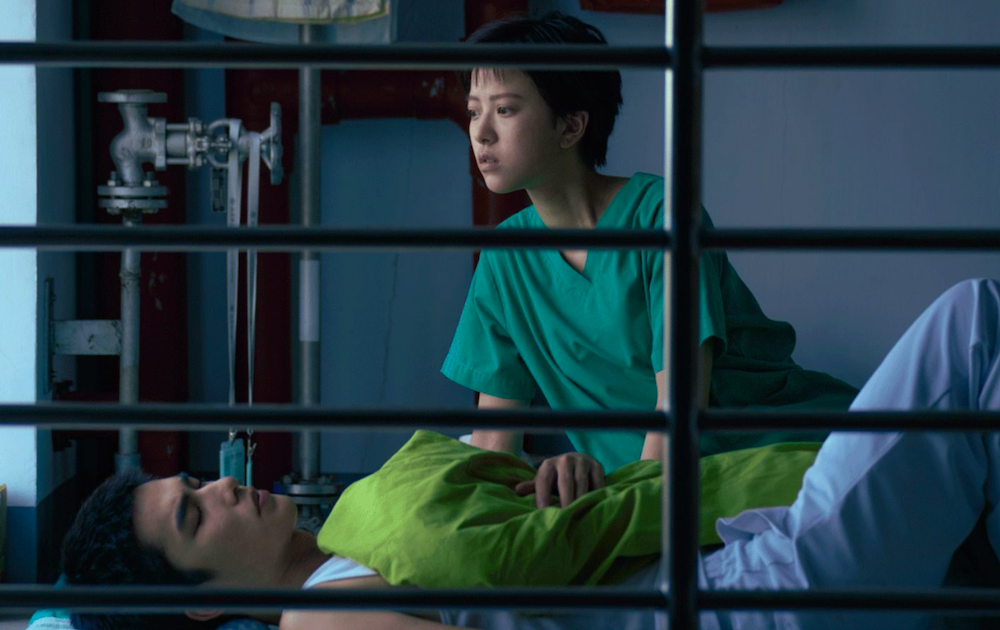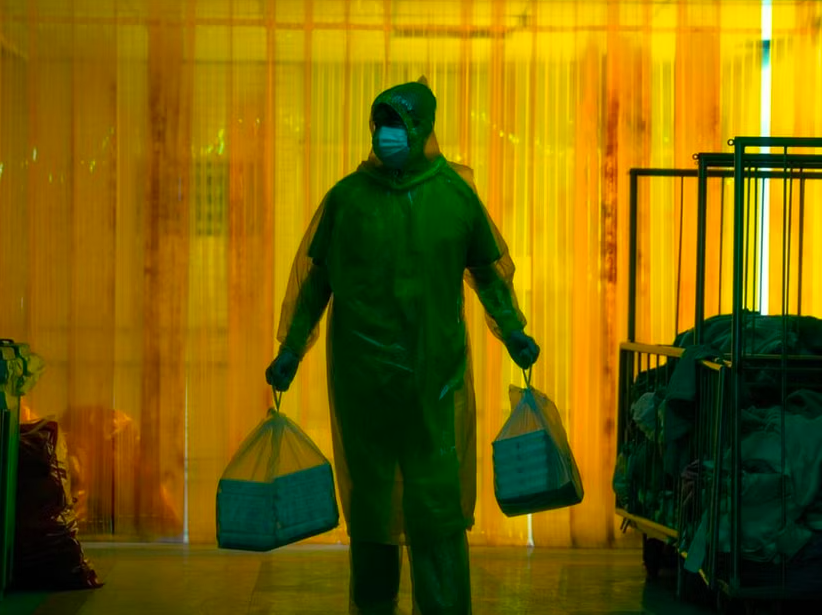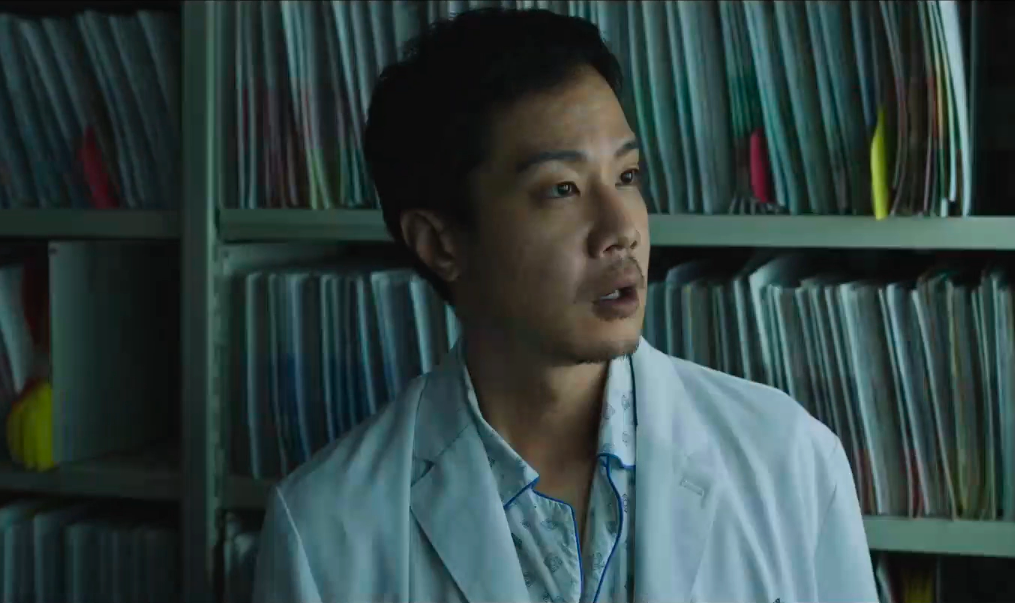Netflix’s ‘Eye of the Storm’ is a drama film that follows the story of the doctors, nurses, and patients trapped inside the hospital after it is quarantined due to the outbreak of a deadly virus. The film takes place in 2003 and unfolds from the perspective of several characters inside the hospital. One of them is Dr. Zheng Xia, a thoracic surgeon who wants to go home to be there for his daughter’s birthday but is called back to the hospital and is stuck there when the place is cut off from the rest of the world.
The story resonates with the audience, especially in the post-Covid era, because it focuses on a similar premise and gives the audience an insight into what it looks like for frontline workers working in the middle of an outbreak, about which they themselves have little to no information. The story’s premise and the realistic nature of storytelling might make you wonder if the show is based on a true story.
Eye of the Storm is Based on a 2003 Outbreak
‘Eye of the Storm’ is inspired by the true events that took place in 2003 in Heping Hospital, now known as Heping Fuyou Branch of Taipei City Hospital. Written by Liu Tsun-han, the film imagines its own version of events, but it barely makes up anything apart from the characters’ backstories. The outbreak, the reaction, and the subsequent impact of everyone’s actions are based on actual events and people who were on ground zero twenty years ago.

On April 24, 2003, Heping Hospital in Taipei was sealed off, leaving more than 1000 people trapped there. This was in response to the information about the outbreak of the SARS virus inside the hospital. The authorities wanted to contain it, so they quarantined the entire hospital for two weeks. By then, around seven people in the hospital staff had already shown SARS symptoms, and the country had 28 cases of the virus infection.
The idea was to restrict the infection to the hospital and prevent it from spreading to the city. However, it was a hasty move, and the authorities didn’t give much thought to the fact that most of the people before quarantine were not infected. The uninfected were also put in danger by putting them in close quarters with the infected. By the end of the shutdown’s first day, the number of cases grew to 26.
The first SARS virus case in the country was confirmed on March 14, 2003. It was a businessman returning from China. The first infected case at Heping Hospital was a laundry worker whose health started deteriorating on April 12, but she continued working because she wasn’t diagnosed with SARS. She was isolated on April 18, and on April 22, a test declared her positive for a SARS infection. From here, the infection spread in the hospital.
In ‘Eye of the Storm,’ the abrupt quarantine and cut-off from their friends and families makes the doctors and nurses panic. Some go on strike and lock themselves in the room, refusing to come out and take care of other patients. Others protest from the windows by waving banners, asking to be let out of the hospital rather than being forced into the vicinity of the infected patients.

This was a realistic depiction of the hospital staff’s reaction at the time. Reportedly, some doctors created a haven for themselves in one corner of the hospital by blockading it and refusing to let anyone in or even approach them. The infected patients were being treated in Building B, and the staff faced discrimination from their coworkers in other parts of the hospital. They were not allowed to enter the designated rest area and were shunned for fear of being carriers. The fear was not unfounded because sixteen nurses working in the B wing were infected by the time the quarantine lifted, leaving only two nurses to take care of all the patients.
In another case, the staff members waved white banners and even tried to run away, leading to a clash with the police. Reportedly, one nurse tried to jump out of a window on the eighth floor. This revealed the fear and desperation of the people caught in the hospital and how their mental health was affected by this sudden turn of events. Netflix’s ‘Eye of the Storm’ brings all of this to the screen to give the audience a version of events, though fictionalized, but as close to reality as possible.
Read More: Where Was Netflix’s Eye of the Storm (Yi qi) Filmed?


You must be logged in to post a comment.